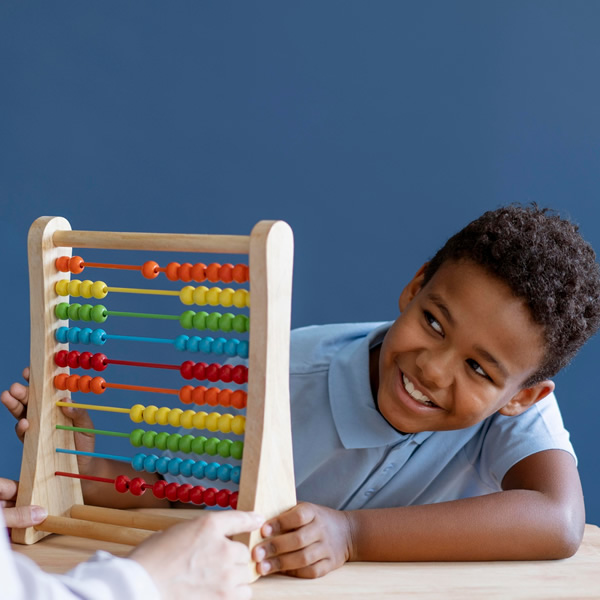Education and Autism

Autism and Education: One Size Does Not Fit All
Every child has a right to a public education, this includes children with Autism and other disabilities. Educational planning for students with Autism often addresses a wide range of skill development, including academics, communication and language, social skills, self-help skills, behavioral issues, self-advocacy, and leisure-related skills. It’s important to consult with professionals trained specifically in Autism to help a child benefit from their school program. Obtaining a range of opinions is also useful.
Individualized Education Program (IEP)
The Individualized Education Program (IEP) is a written document that outlines a child’s education. As the name implies, the education program should be tailored to the individual student to provide the maximum benefit. The keyword is individual. A program that is appropriate for one child with Autism may not be right for another. The IEP is the cornerstone for the education of a child with a disability. It should identify the services a child needs so that he/she will meet their learning objectives during the school year. It is also a legal document that outlines:
- The child’s special education plan (goals for the school year)
- Services needed to help the child meet those goals
- A method for evaluating the student’s progress
Setting Appropriate Goals
Once a student is identified as on the spectrum (or having learning differences), expectations must be adjusted accordingly. Intelligence and ability can no longer be treated as having just one dimension, and ASD students need to be evaluated for individual talents as well as deficits. Instruction should be tailored to ability in each specific area, and objectives set accordingly. The advent of Individualized Education Plans (IEPs) has made this more feasible than it was in the past, and the learning differences of autistic students must be understood and used to develop plans that take these into account.
What You Don’t Learn in School
Of course, the areas of greatest deficit for many autistics involve social skills and daily living skills. Interestingly, both are considered so basic that they were (and are) rarely taught in school – you are expected to somehow learn these on your own. While most of the typical population manages to do so, such is not the case for many autistics. They need to be taught these skills in an explicit manner, just as they are instructed in the traditional ones of reading, writing, arithmetic, and other academic subjects. Additionally, there is the problem of “hidden curricula” that everyone is expected to learn but are not officially or formally stated; these are found within the school environment and in almost every other aspect of or setting in life and continue to proliferate. It is interesting to observe that many of the areas where autistics are deficient are precisely those that are not taught in schools. This suggests both the nature of and the solution to such challenges: autistics, regardless of cognitive intelligence or academic talent, need to be instructed in these areas, which must become as integral a part of their education as any academic subject. Also, other non-school deficits that may occur in individual autistics need to be identified and dealt with as appropriate. Going even further, some of these may turn out to be shared challenges that have yet to be identified, let alone recognized, for large numbers of autistics.




